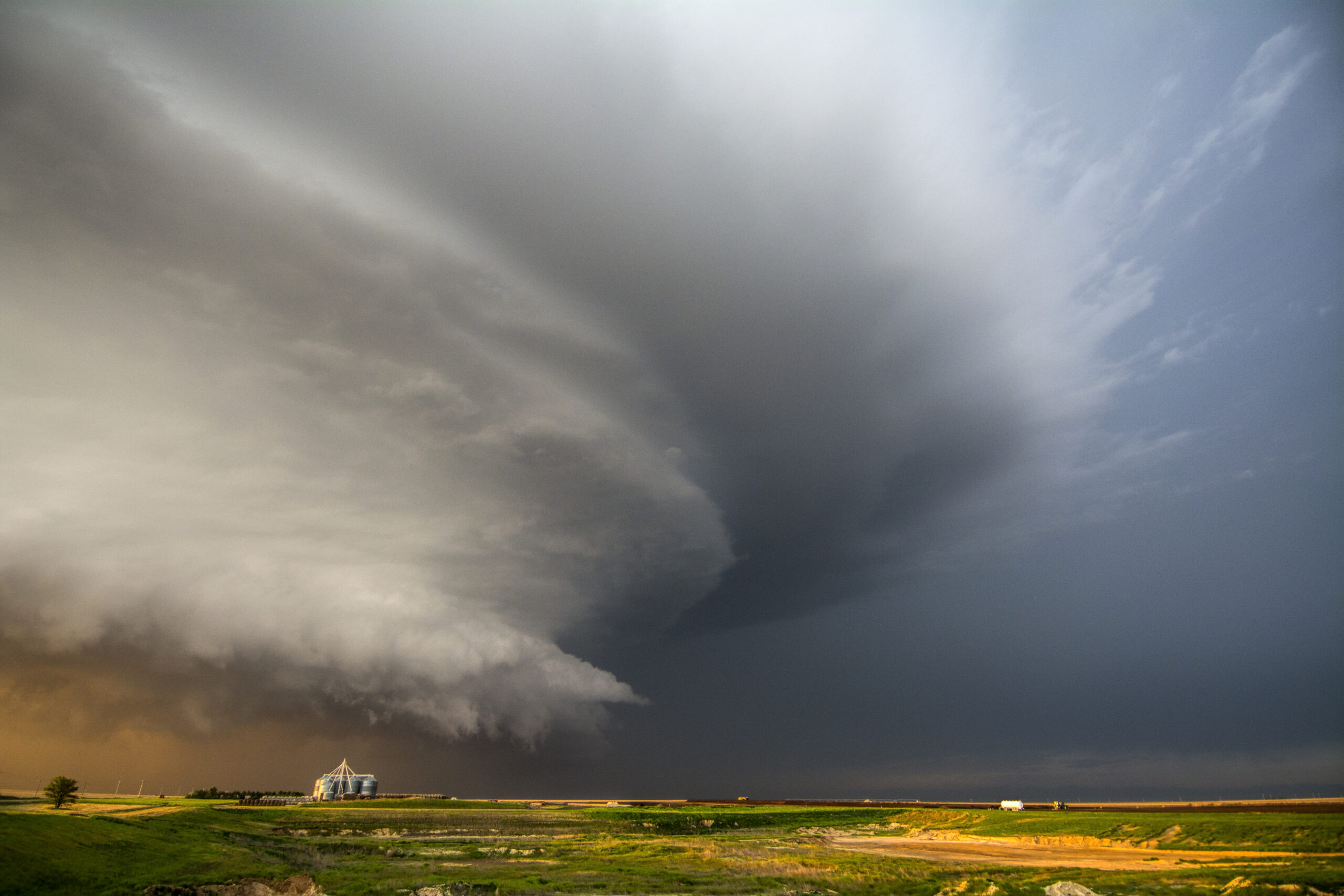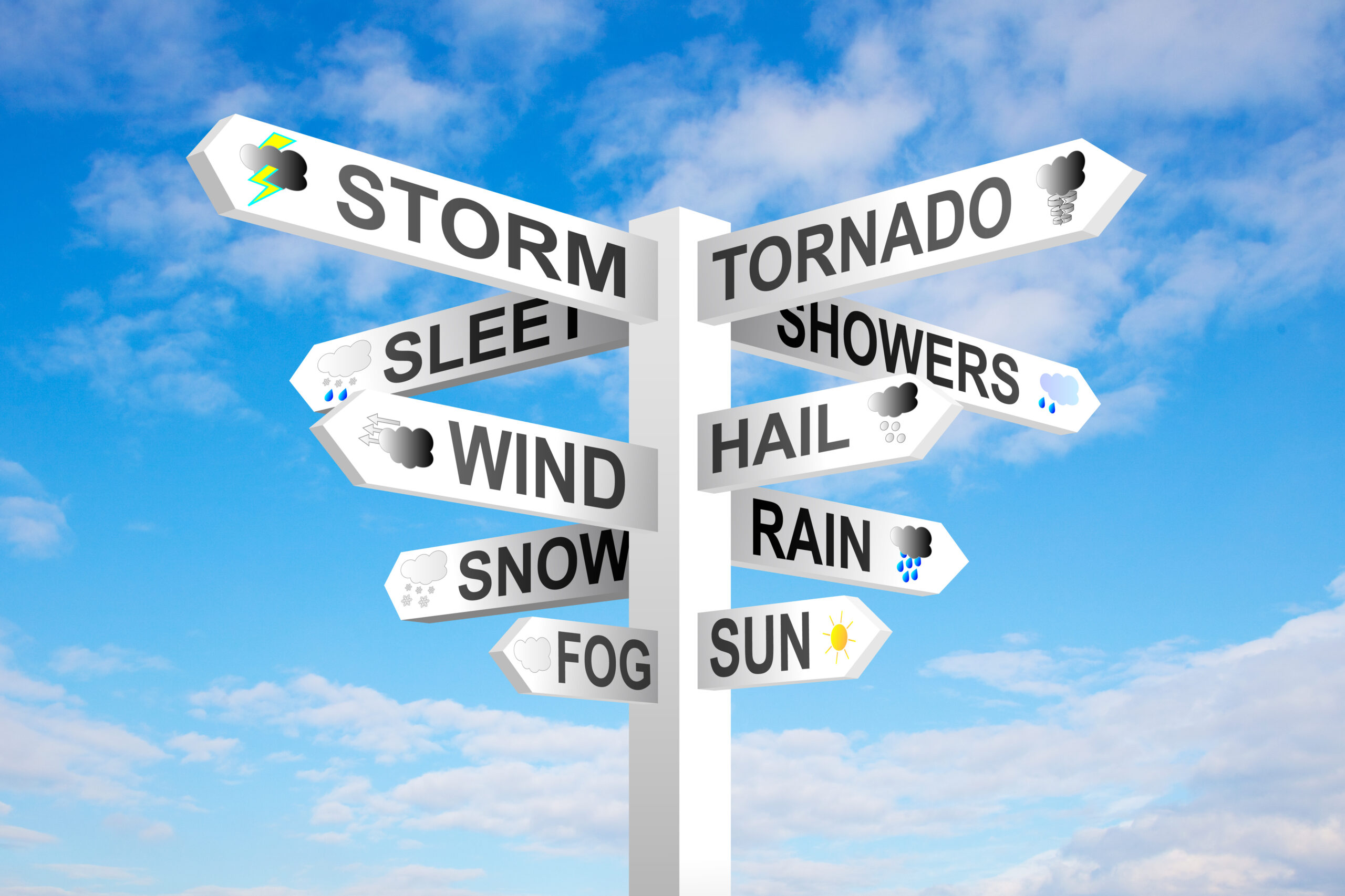One key concept within property insurance claims is the term “occurrence.” The term occurrence when referencing an insurance claim is one of significant debate, and often, due to the continued disagreement between insurance representatives and policyholders, this disagreement ends in litigation. Therefore, understanding what constitutes an occurrence is paramount for property owners seeking to make a claim and insurers aiming to assess and respond appropriately.
In the insurance world, an “occurrence” refers to an event that causes property damage during a policy period. This can encompass a wide range of incidents, from natural disasters like fires, floods, and earthquakes to manufactured events such as theft, vandalism, or accidents. If an event happens that is accidental, neither expected nor intended by the insured, that is an occurrence. A policy’s insuring agreement pledges that insurers will pay on behalf of the insured all sums the insured becomes legally obligated to pay as damages because of property damage caused by said “occurrence.”
Elements of an Occurrence
There are a few key elements of an occurrence.
- Unintentional cause: Occurrences are typically events that happen unexpectedly and unintentionally. This distinguishes them from deliberate actions, which may fall under different insurance categories.
- A single or series of events: An occurrence can be a single, isolated event or a series of related incidents. For example, a fire that starts in one part of a property and spreads to other areas may be considered a single occurrence.
- Temporal relevance: The event must occur within the policy period to be classified as an occurrence. The policy period is the duration for which the insurance policy is active.
- Causation: The occurrence must directly cause damage to the property for it to be eligible for coverage. Establishing a clear cause-and-effect relationship is crucial in the claims process.
What The Courts Say
Although property damage is typically a result that is immediate upon contact, the phrase “continuous or repeated exposure” should eliminate the necessity of proving the exact moment at which damage was sustained. Damage from gradual exposure is included in the definition and, therefore, shouldn’t be interpreted as limiting coverage to a single event, obviously depending on the circumstances.
In the case Boggs v. Aetna Casualty and Surety, 252 S.E.2d 565 (S.C. 1979), an insurer attempted to deny coverage for gradual exposure, stating there was no occurrence even though the policy contained the phrase “including injurious exposure to conditions.” As a result, the South Carolina Supreme Court held that seepage of water over a period of time was covered as an occurrence.
Prior to the term “occurrence being used, the term accident was how they defined a happening. However, the use of the term occurrence encompasses more than the term accident as it is a much more narrow scope. Prior to the use of the term occurrence, the case A.D. Irwin Investments, Inc. v. Great American Insurance Company, 475 P.2d 633 (Colo. App. 1970), the Colorado appeals court did not rule in favor of damages sustained over time. The court decided in the insurer’s favor, ruling that it was the insured’s liability for the damage to an apartment building due to the accumulation of condensation from an air conditioning system.
Intent
The majority of courts find that if a policyholder acts with the intent to cause damage, an exclusion applies. Courts hold that an exclusion applies if a damaging act is intentional, resulting in damage that is a probable consequence of the said act, whether or not the damage was intended.
Number of occurrences
Insurers and policyholders want to limit any repeated exposure as a result of an occurrence. They should each do their part to alleviate repeated results or “accidents” that can be defined as one single occurrence cause. The cause of any property damage should be investigated to determine whether one occurrence or several occurrences resulted in the damage, if the initial occurrence resulted in the subsequent occurrences, or if they are independent occurrences unrelated to one another.
Commercial Property Occurrence
When damage occurs to a commercial property, there are four pivotal points to ensure the claim is navigated properly.
- Prompt Reporting: Business owners must promptly report any occurrences to their insurance provider. Timely reporting helps initiate the claims process and ensures the policyholder upholds their contractual obligations.
- Thorough Documentation: Detailed documentation of the occurrence is essential. Necessary documentation may include photographs, witness statements, police reports, and other relevant evidence to support the claim. Employing a claims expert ensures that all documentation needed is readily available and adequately presented to the insurance provider.
- Policy Review: Prior to filing a claim, it’s essential to review the insurance policy and understand the coverage limits, exclusions, and any specific conditions related to occurrences. Doing this ensures that the claim aligns with the terms of the policy. If a claims expert is retained, this should be part of their initial evaluation.
- Communication with Insurer: It is detrimental to the claims process for the policyholder to cooperate fully with the insurance company’s investigation. Read the article on Why You Should Cooperate With Your Insurance Company.
In commercial property insurance, occurrences are the focal points around which claims revolve. Business owners must clearly understand what constitutes an occurrence and adhere to the necessary procedures when filing a claim. Insurers should, in turn, diligently assess claims to achieve fair and timely resolutions. When navigating the intricacies of occurrences, both parties must contribute to maintaining the financial stability and resilience of the businesses. Unfortunately, this is often not the case, specifically with commercial property claims. It is essential to know that there are many resources available to commercial property owners. These resources can assist in navigating the process properly and alleviate the stressors insurance claims can bring.







